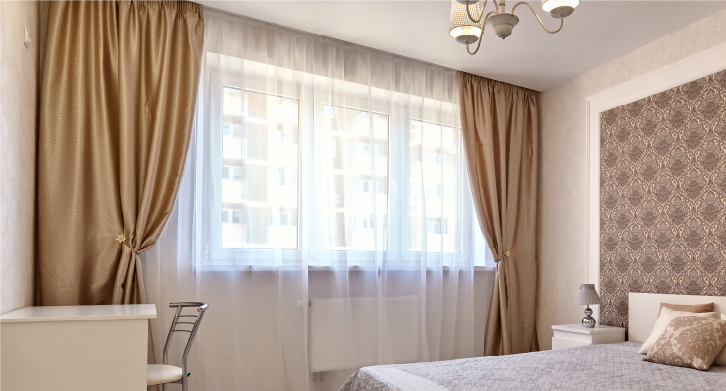Furniture plays a vital role in our everyday life, acting as essential elements, as well as a symbol of our personal style in our homes. From the seats we sat on, to the bed which we lie on to the beds in which we sleep, furniture affects how we interact with our surroundings and is a significant contributor to our wellbeing and comfort. Being a key element of design for interiors, furniture is more than just utilitarian with its artistic and skilled design. Through the years, furniture design has evolved with the changing trends in culture technology advancements and personal preferences. This makes it a fascinating topic worth exploring.
The development of furniture design goes from the beginning of time and where the practical nature of furniture often dictated the design and purpose of the furniture. The earliest furniture was designed to be practical, using simplistic designs which served the fundamental necessities. As an example, the ancient Egyptians made tables and stools made of wood. The Greeks and Romans improved the design and incorporated materials such as bronze and marble. When societies changed as did the forms of furniture that reflected the values of culture and movements in art. The Renaissance is an example. The Renaissance was a time of more elaborate design with elaborate carvings and the Industrial Revolution introduced mass production and made furniture easier to access for people of all ages. This historical backdrop shows the way furniture is always a reflection of the changing times changing to meet the demands and demands in the time.
Modern-day furniture design is constantly evolving in contemporary designs, generally embracing minimalistism and practicality. The 20th century was the beginning of a major shift in furniture design. Designers started to focus on sleek lines, organic shapes as well as a focus on material. Classic pieces such as those of the Eames Lounge Chair as well as The Barcelona Chair emerged, blending the comfort of a chair with its aesthetic. Many designers today take inspiration from sustainable methods and are striving to design furniture that’s not just attractive but also sustainable. A focus on environmentally friendly products and sustainable manufacturing methods is becoming more important since consumers have become aware of their effect on the planet. This change in emphasis is due to an increasing consciousness of the connection between function, design as well as ecological responsibleness.

Furniture can play a significant influence on the overall atmosphere of an area. Certain pieces of furniture can improve the ambience, leading to a feeling of relaxation at ease, peace, or even productive. A well-planned living space with comfortable seating and warm light can make a comfortable space to gather with family and friends. A sleek minimalist space will encourage concentration and imagination. Texture, color and layout all play vital parts in the overall look as well as the functionality of a space. Interior designers usually consider these factors when deciding on furniture and furniture, with the goal of striking an appropriate balance between fashion and functionality to satisfy the requirements of their occupants. For more information please visit here https://www.goodniteoutlet.com.my/
Alongside aesthetics, ergonomics of furniture has been a major aspect in recent times. With increasing numbers of people are working for longer periods at home or at their desks, the comfort and support offered by furniture design is now at the fore. The ergonomically-designed chairs, desks and workstations are designed to alleviate physical strain and improve posture. They also improve the quality of life and wellbeing. The stress on health and well-being has radically changed the furniture market with customers more and more looking for furniture that can enhance their comfort and physical well-being. Furniture manufacturers are taking note of this with the use of innovative materials and adjusting features in their designs to ensure that the latest furniture is able to meet the varied demands of modern-day consumers.
Technology’s influence in furniture design can’t be ignored as well. The growth of intelligent home technology has prompted incorporation of digital functions into furniture and furniture, resulting in furniture that improves efficiency and convenience. From beds that are smart and adapt to your sleeping habits to tables that have built-in chargers wireless, this fusion of tech and furniture design is resulting in new and innovative ways to live in the modern world. With we see the Internet of Things (IoT) grows and expand, we’ll see more connected furniture models that can respond to user’s needs immediately. The intersection of design and technology creates opportunities in the near future for furniture that will transform the living space into more active spaces.
In the end, furniture serves as more than functional items to us as it’s an artistic expression that expresses tradition, time, as well as personal taste. From the earliest designs to contemporary technological advances, the development of furniture continues to define the environment and impact our everyday lives. Its emphasis on ergonomics, sustainability as well as technology exhibits the evolving priorities of customers as well as designers. In the ever-changing world of contemporary living and living, the significance of thoughtful furniture design is becoming more apparent which highlights the importance of items that increase the aesthetics and comfort. Future of furniture promises bright, new developments that are sure to improve our homes and lifestyles in the years to come.
